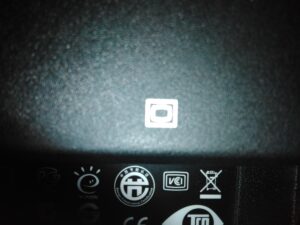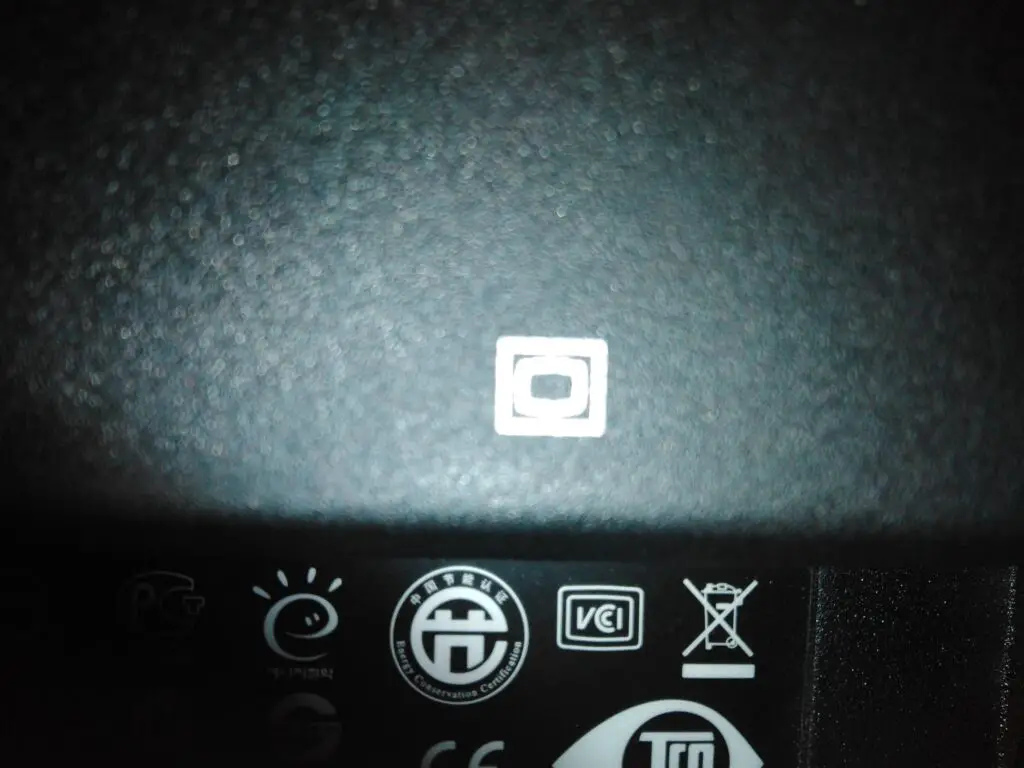Table of Contents
Why Are Some Appliances Not Need Grounding?
Some equipment and power tools, such as vacuum cleaners and power drills, do not need grounding. The reason for this is that they have plastic casings or are constructed in such a way that the live wire does not touch the casing.
As a result, even if the wires within fall loose, the shell cannot provide an electric shock to the user. This is called, double insulated devices.
What are double insulation appliances?
Double insulation is a safety feature in electrical appliances designed to provide an extra layer of protection against electric shock.
Appliances with double insulation are often referred to as “Class II” appliances. The concept of double insulation is particularly important in situations where the appliance may not have a grounding connection.
Here’s how double insulation works:
- Double Layers of Insulation: Instead of relying on a single layer of insulation between the electrical components and the outer casing, double-insulated appliances have two layers. This reduces the likelihood of an electrical fault causing the outer casing to become live.
- No Grounding Required: In a typical electrical appliance, a third prong in the plug may be used for grounding. However, double-insulated appliances are designed to operate safely without relying on a grounding connection. This is especially useful in situations where there might not be a reliable ground available.
- Symbol: Double-insulated appliances often feature a symbol on their label, such as a square within a square or the letters “Class II,” to indicate their double-insulation status.
- Plastic Enclosure: The outer casing of double-insulated appliances is usually made of insulating materials like plastic, which helps prevent the conduction of electricity to the user.
Double insulation is a safety measure primarily employed in low-voltage appliances to reduce the risk of electric shock.
It provides an additional layer of protection for users, and it’s particularly beneficial in situations where the presence of a grounding connection is uncertain or not practical.
Always follow safety guidelines and use appliances as recommended by the manufacturer to ensure proper protection and functionality.
How Do You Know If An Appliance Is Double Insulates?

The double insulation protection of appliances indicated with the double square sign, indicates that the equipment is double insulated.
You can find this sign on the device body. An appliance classified as Class II protection does not require a connection to electrical earth.
There is usually a plastic cover on a Class II appliance. In order to accurately identify it, you must look for the Class II appliance symbol. Hairdryers, DVD players, televisions, computers, and photocopiers are examples of Class II appliances.
Equipment with double insulation would normally be inspected as part of your ongoing PAT Testing regime.
Still, it would likely not need to be inspected as a class I appliance subject to regular portable appliance testing.
Which Home Appliances is Double Insulated?
Double insulation is commonly found in various home appliances, especially those with a higher risk of electrical exposure where grounding may not be readily available or reliable.
Here are some examples of home appliances that are often designed with double insulation:
- Electric Drills: Many corded electric drills are double-insulated to enhance user safety during operation.
- Electric Power Tools: Various power tools, such as circular saws, jigsaws, and routers, may have double insulation to protect users from electric shock.
- Blenders and Food Processors: Some kitchen appliances, like blenders and food processors, may feature double insulation to ensure safety in a wet environment.
- Electric Shavers: Personal care appliances like electric shavers often have double insulation to protect users from potential electrical hazards.
- Hair Dryers and Curling Irons: Certain hair care appliances are designed with double insulation to provide an extra layer of safety in damp environments like bathrooms.
- Table Lamps and Desk Lamps: Some lamps, particularly those with metal parts that users might touch, may incorporate double insulation for safety.
- Handheld Vacuums: Portable vacuum cleaners, especially those designed for handheld use, may feature double insulation to protect users during operation.
- Small Kitchen Appliances: Appliances like toasters, coffee makers, and electric kettles may have double insulation to enhance safety.
When shopping for appliances, look for symbols or labels on the product that indicate double insulation.

Common symbols include a square within a square or the letters “Class II.” Additionally, manufacturers often provide information about the safety features in the product’s user manual or on the product itself.
Always follow the manufacturer’s guidelines for the proper use and maintenance of the appliance to ensure safety.
It’s important to note that not all home appliances have double insulation, so users should be aware of the specific safety features of each device they use.
Why Are Some Appliances Double Insulated Instead Of Earthed?
Some appliances are designed to be double insulated rather than earthed (grounded) for several reasons related to safety, convenience, and design considerations:
- Flexibility in Use: Double-insulated appliances are more versatile because they don’t rely on a ground connection. This makes them suitable for use in situations where a reliable ground may be absent or difficult to achieve, such as in older buildings with outdated wiring or in outdoor settings.
- Simplicity of Installation: Grounding often requires a dedicated ground wire and connection. Double-insulated appliances eliminate the need for a ground connection, simplifying the installation process and making it easier for users to set up and use the appliance.
- Reduced Risk of Electrical Faults: Double insulation provides an additional layer of protection against electric shock. If there is a fault in the internal wiring, the second layer of insulation helps prevent the outer casing from becoming live, reducing the risk of electric shock to the user.
- Cost and Weight Savings: Eliminating the need for a grounding system can reduce the overall cost and weight of an appliance. This is especially important in portable and handheld devices where minimizing weight and cost are priorities.
- Design Flexibility: Double insulation allows for more flexibility in the design of the appliance’s outer casing. Manufacturers can use a wider range of materials, including non-conductive plastics, without concerns about grounding.
- Compliance with Standards: Many countries have safety standards that permit the use of double insulation as an alternative to grounding. Appliances that meet these standards can be marketed and sold without requiring a separate grounding connection.
Common symbols used to denote double-insulated appliances include a square within a square or the letters “Class II.”
While double insulation provides an added layer of safety, users need to follow the manufacturer’s instructions and safety guidelines.
Regular maintenance and inspections are also crucial to ensure that the insulation remains effective over time. Users should never modify or tamper with the insulation of an appliance, as doing so could compromise its safety features.
Don’t Leave Empty-Handed!
Install my Free Android App on Google Play:
Electrical Cables Most Common Tables “Cables Tables”
And, my Electrical Calculations App “Fast Electrical Calculator”
Discover more great content by subscribing to My channel
Looking to stay ahead of the game in the world of electrical engineering? Subscribe to my YouTube channel and gain access to exclusive content you won’t find anywhere else!
The staff I recommend
(Amazon Affiliate Links to products I believe are high quality):
- Economy 120 Volt/60Hz AC Power Source – Step-Down Voltage & Frequency Converters 1800W
- UNI-T Digital Multimeter Tester UT139C
- 50-Amp Extension Cord for RV “100ft”
- Voltage Stabilizer 110/220v
- Hair Dryer “best selling“
- TOSHIBA EM131A5C-BS Countertop Microwave Ovens
Disclaimer: This contains affiliate links to Amazon products. I may earn a commission for purchases made through these links.
